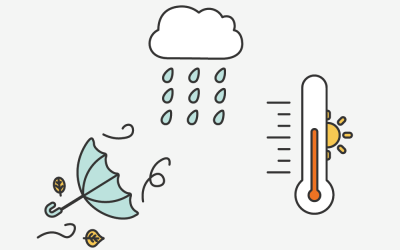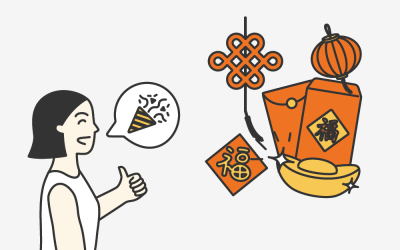Let’s talk about the trickiest Chinese particles today – 的, 地, and 得 (all pronounced as “de”).
If you’ve been learning Chinese for a while, these 3 ‘de’ might’ve confused you.
的
的 is used to link attributes to nouns.
Structure: attribute + 的 + noun
Example: 美好的春天 (méihǎo de chūntiān) 🔹 a beautiful spring
地
地 is used to link adverbials to verbs.
Structure: adverbial + 地 + verb
Example: 高兴地去外面 (gāoxìng de qù wàimiàn) 🔹 to happily go outside
得
得 is used to link verbs or adjectives with complements.
Structure: verb/adj+ 得 + complement
Example: 跑得飞快 pǎo dé fēikuài 🔹 to run fast
Practice
Complete these sentences to practice!
1️⃣ 你应该仔细 ___ 研究这个问题。
2️⃣ 寒冷 ___ 冬天到了,大家要多穿衣服。
3️⃣ 他的汉字写 ___ 很好看。








0 Comments